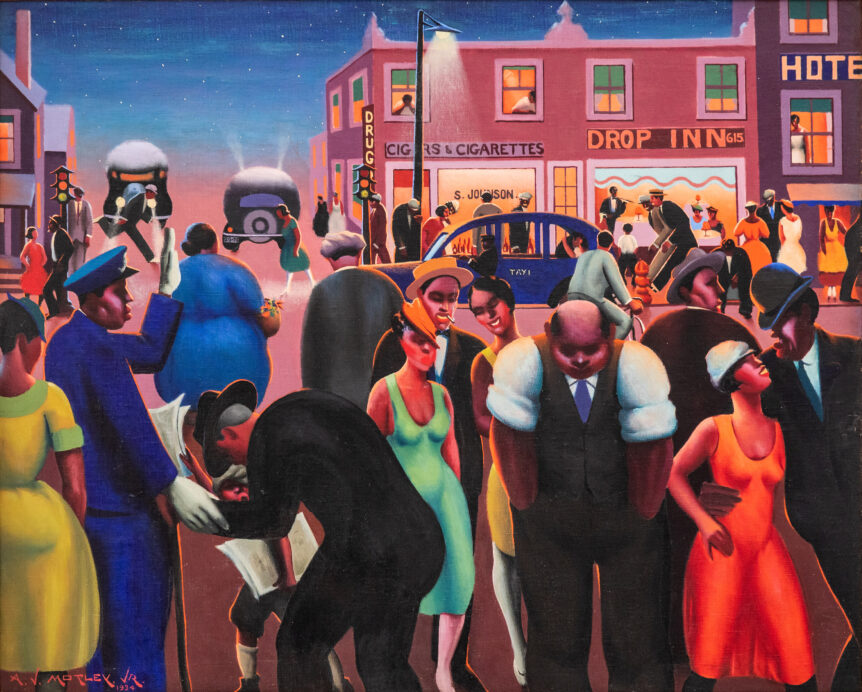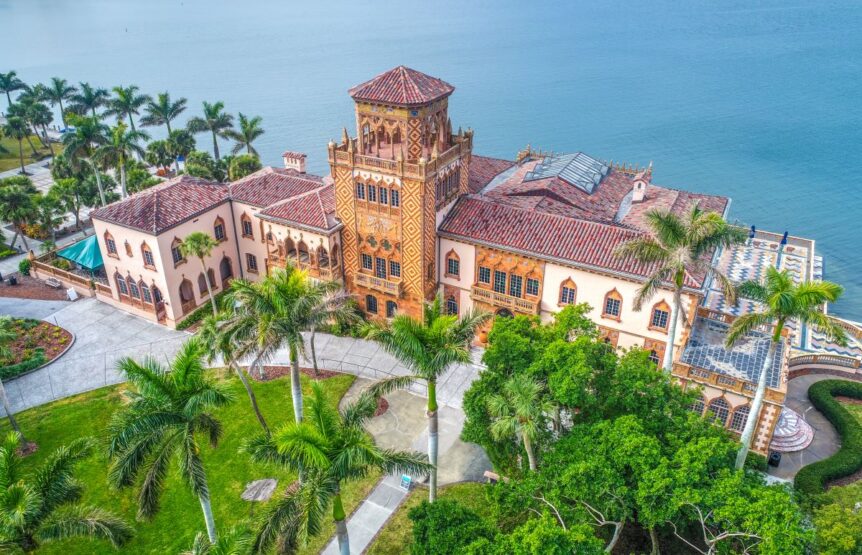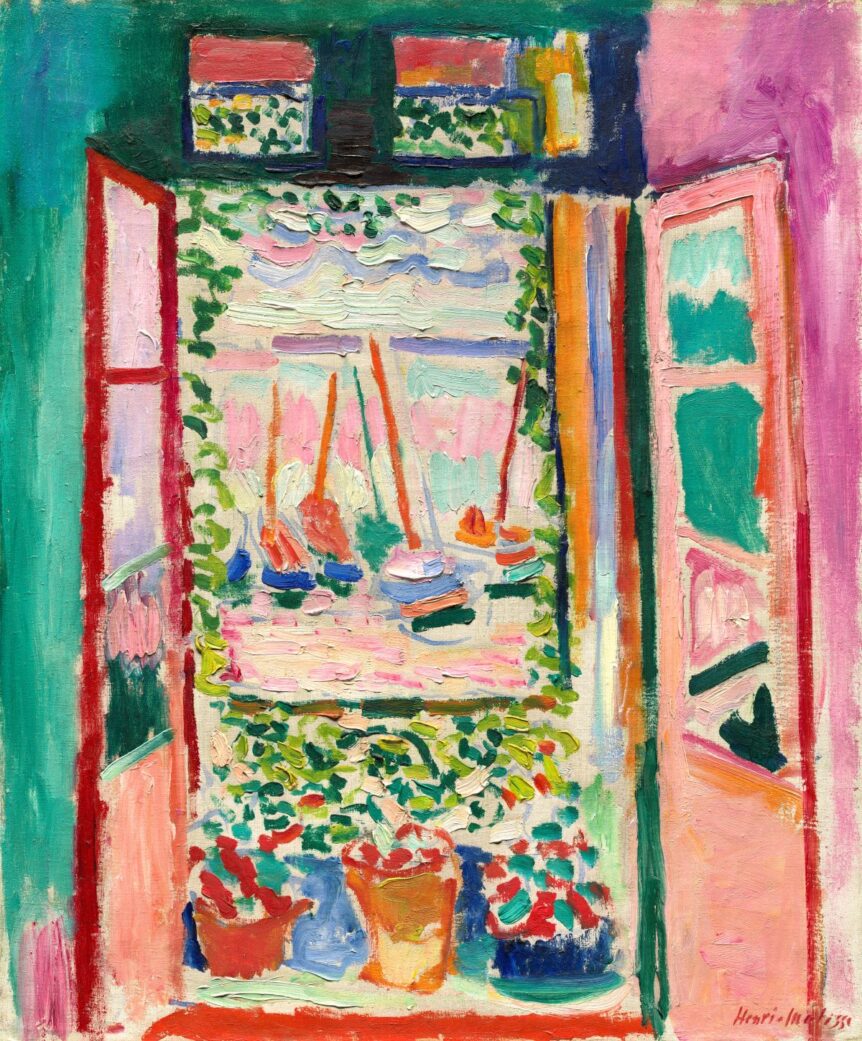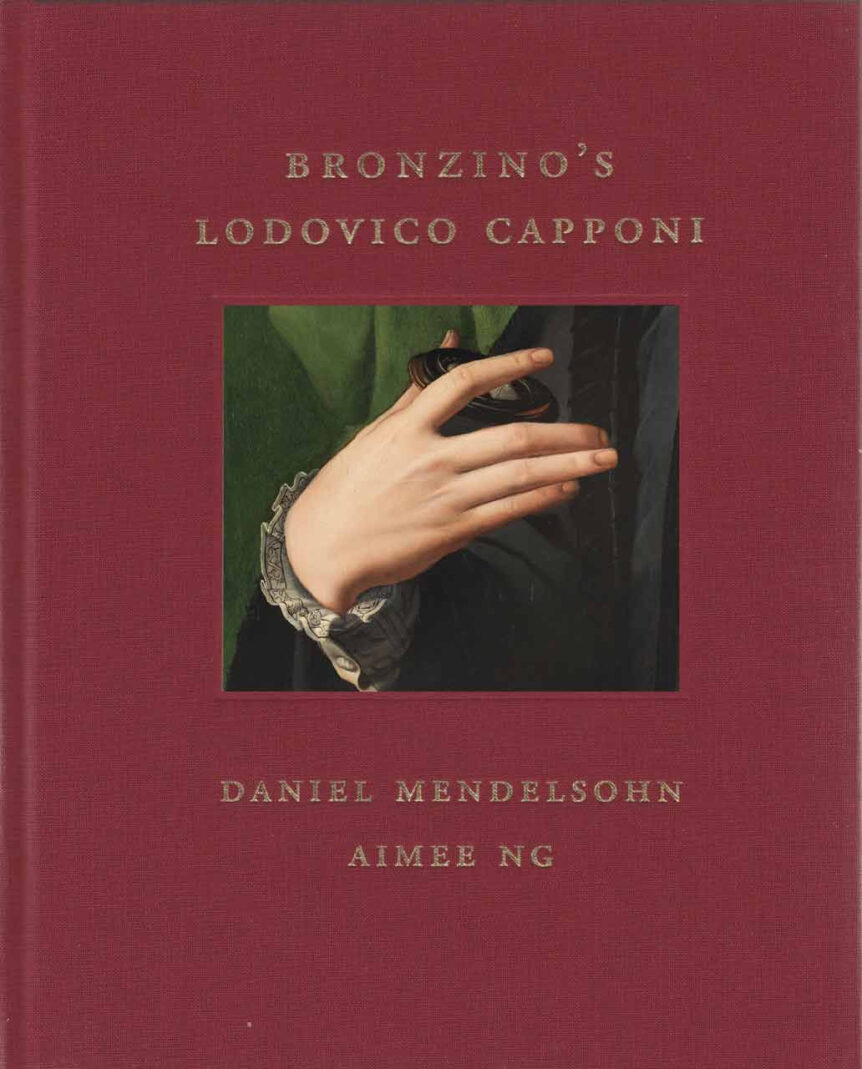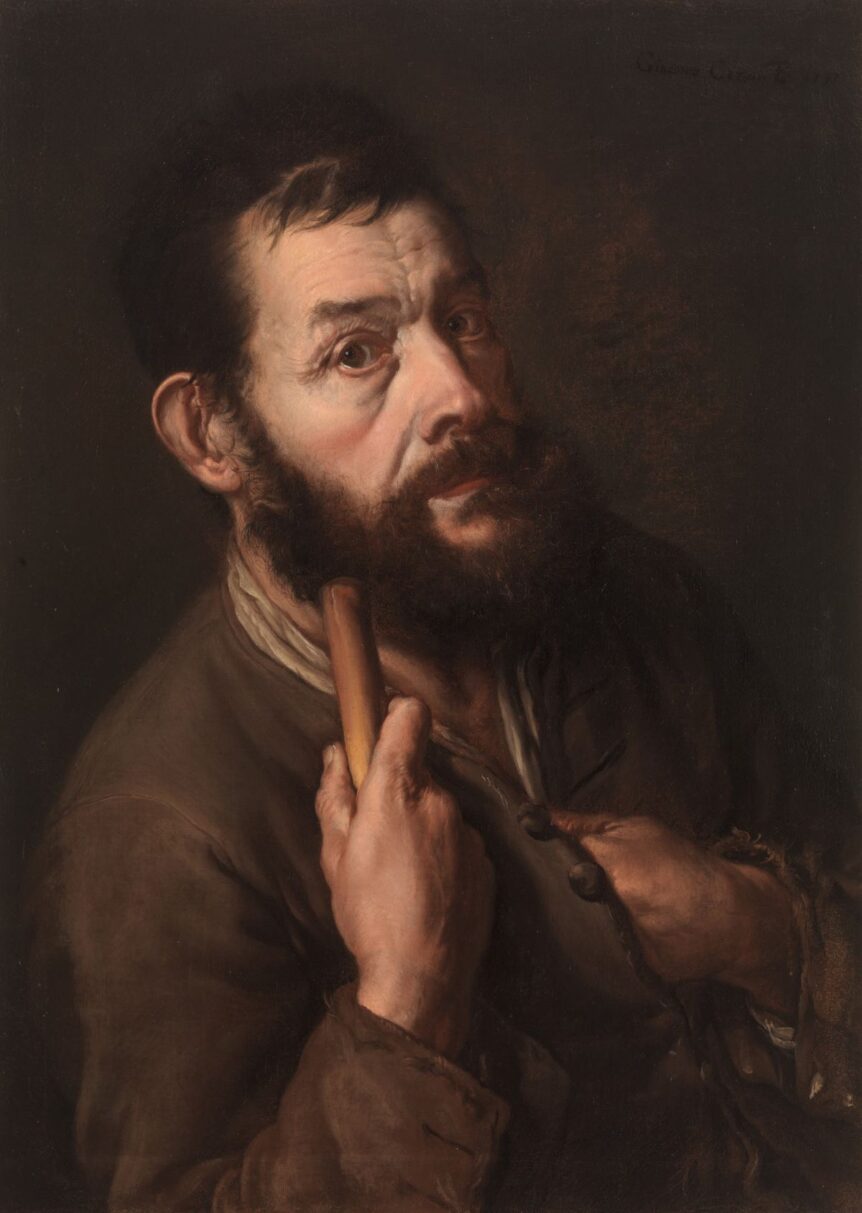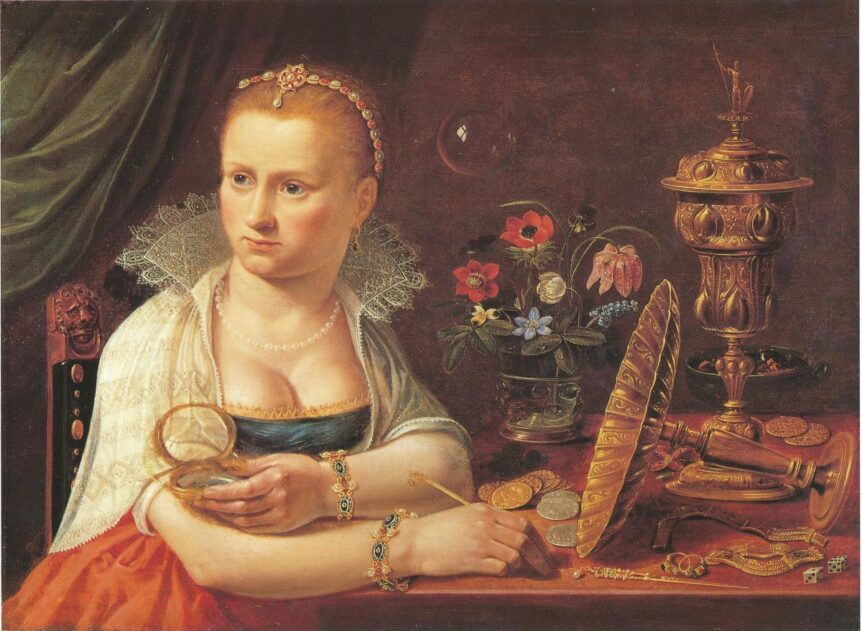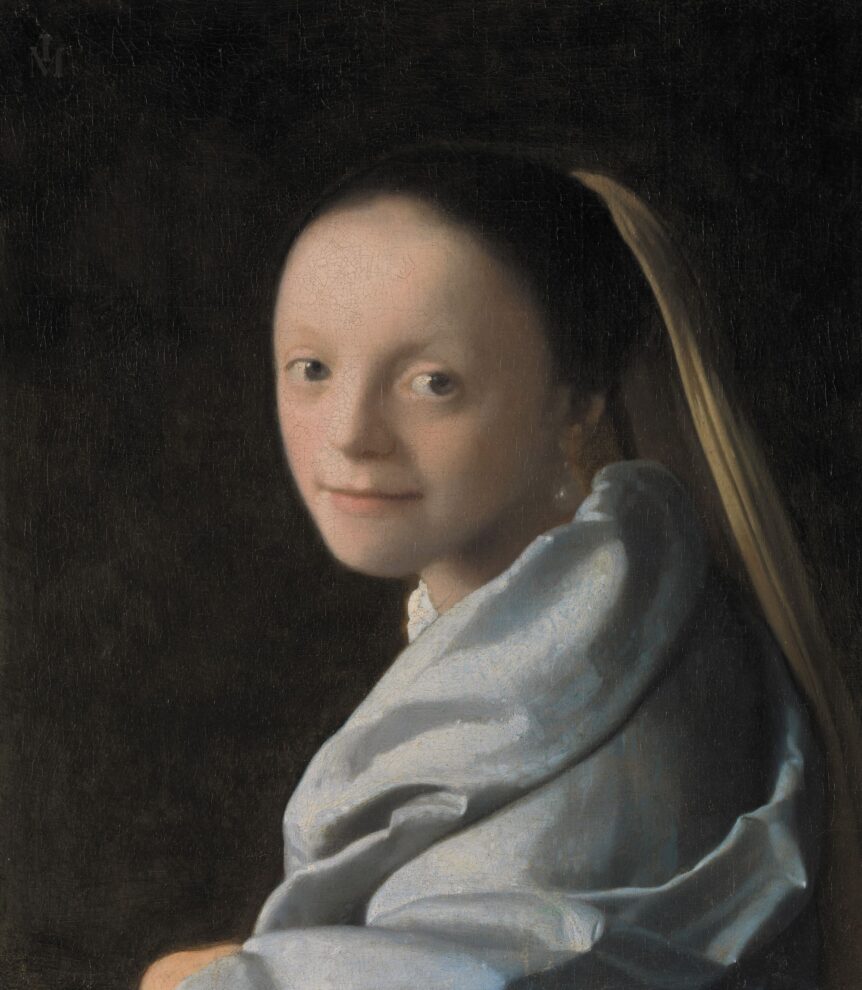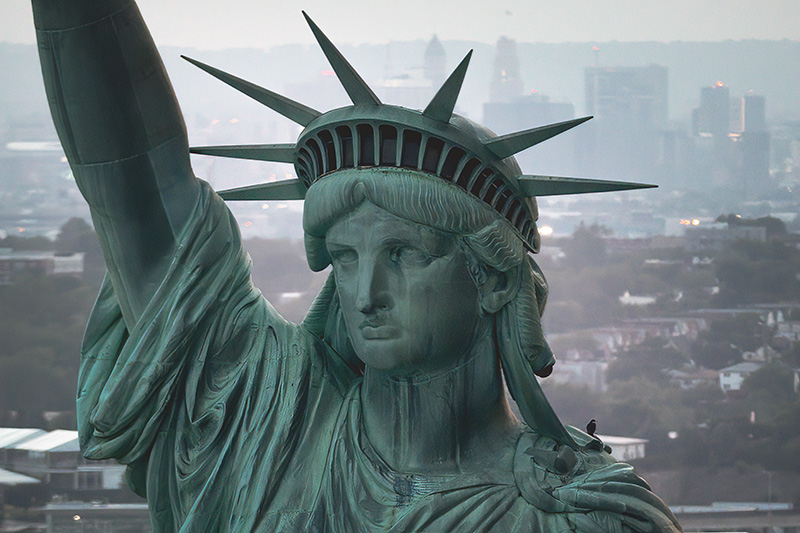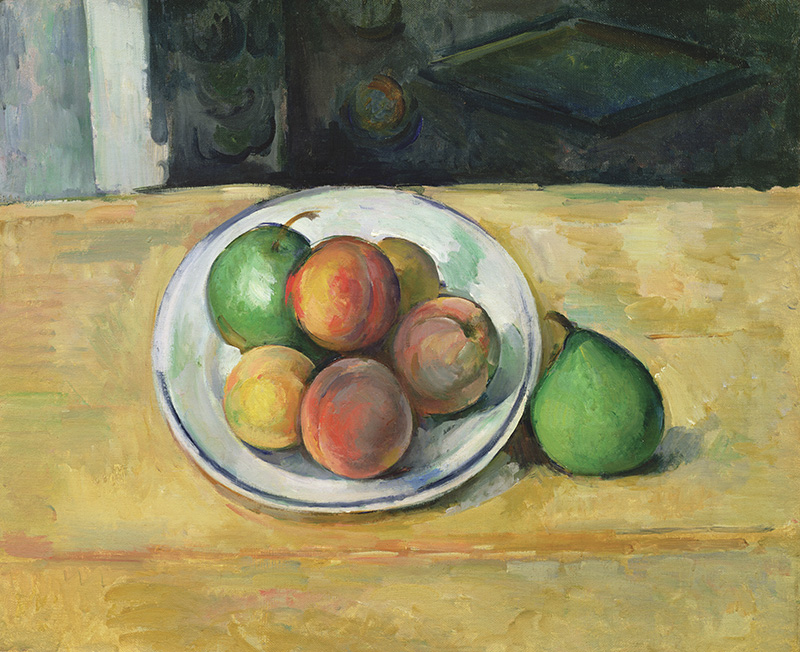The Met explores the artistic movement’s international impact through 160 objects.
Venice on the Gulf Coast
John and Mabel Ringling’s fantasy palazzo in Sarasota is a testament to the romantic power of architecture.
The Shock of the Hue
How the surprising, saturated colors in the turn-of-the-century paintings Matisse and others created in the South of France changed the face of Western art.
On books: Meeting of the Minds
A book series from the Frick Collection pairs scholarly analysis with artistic interpretation.
Eye of the Beholder
In early eighteenth-century Italy, Giacomo Ceruti’s sensitive portraits of the down-and-out turned artistic orthodoxy on its head.
Feast for the Eyes
The food paintings of the seventeenth-century Dutch artist Clara Peeters helped bring the still life into maturity as a genre.
The Many Mysteries of Vermeer
The most intriguing and inscrutable of the Dutch Old Masters is the subject of a can’t-miss exhibition in Amsterdam.
Beacon of Beauty
Looking at the Statue of Liberty not as a symbol, but as a work of art
Cézanne Reconsidered
A pair of recent exhibitions prompts a new look at the eminent French postimpressionist
The Louvre: The Many Lives of the World’s Most Famous Museum, a new book by James Gardner
James Gardner retells and retraces the evolution of one of the world’s most complex architectural palimpsests with elegance, economy, and wit.

